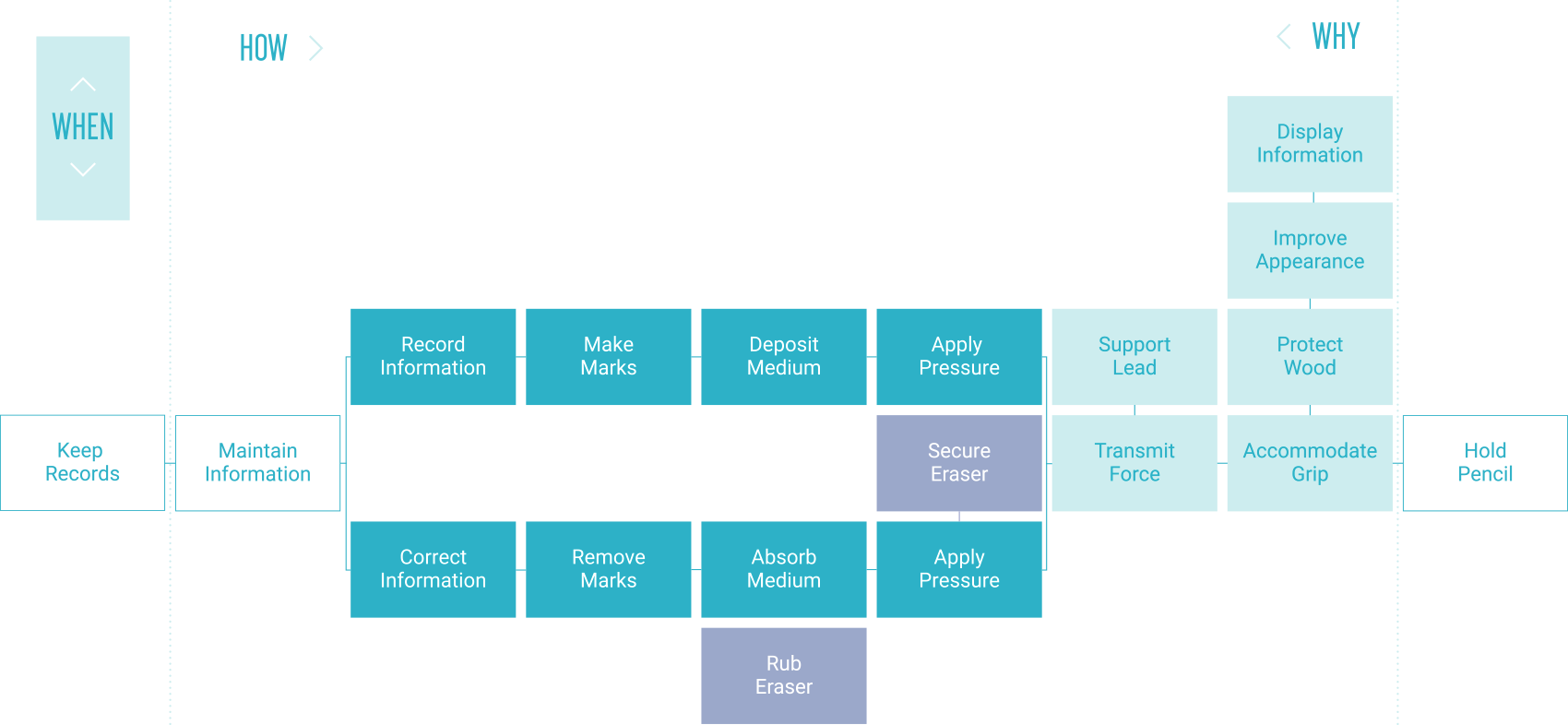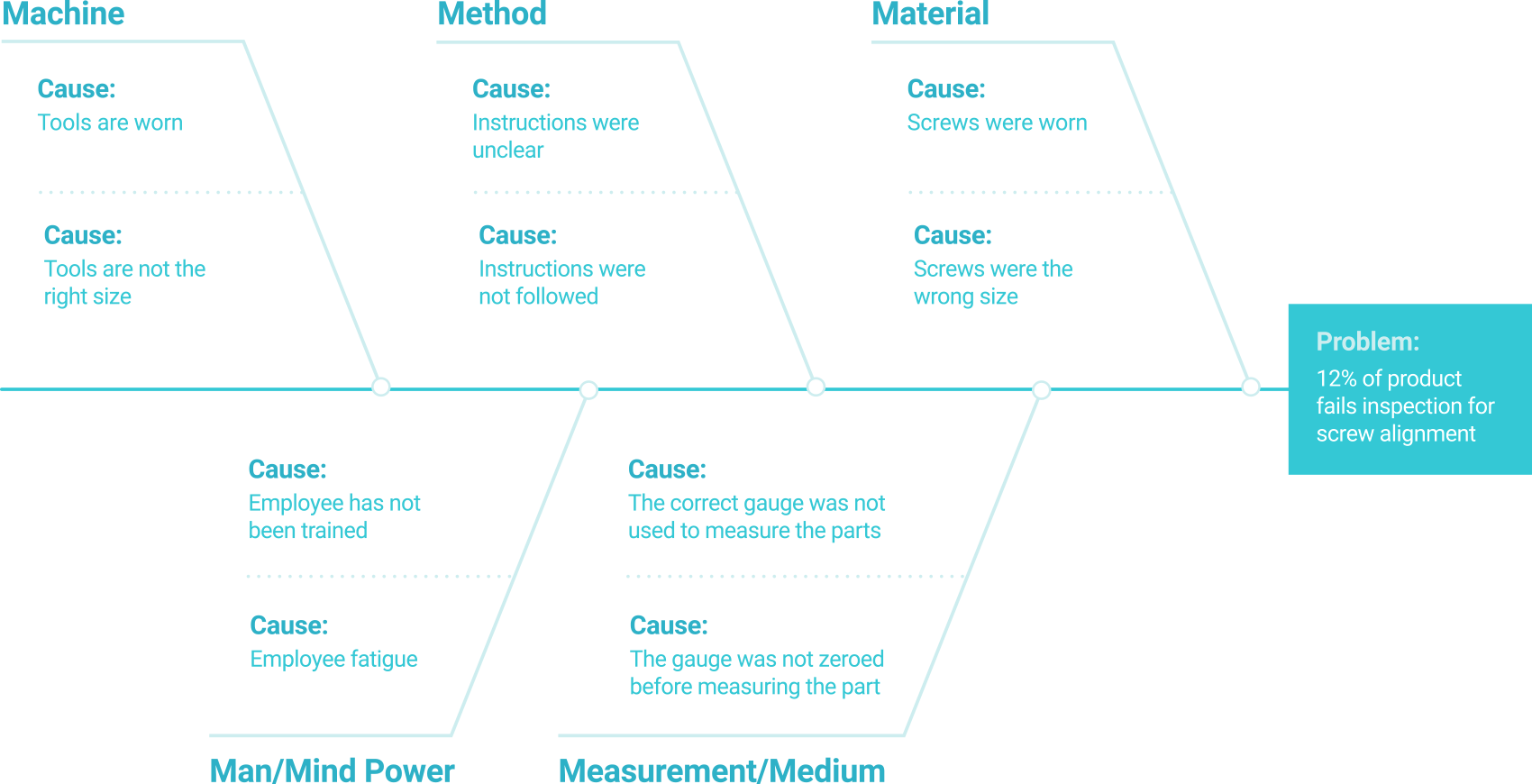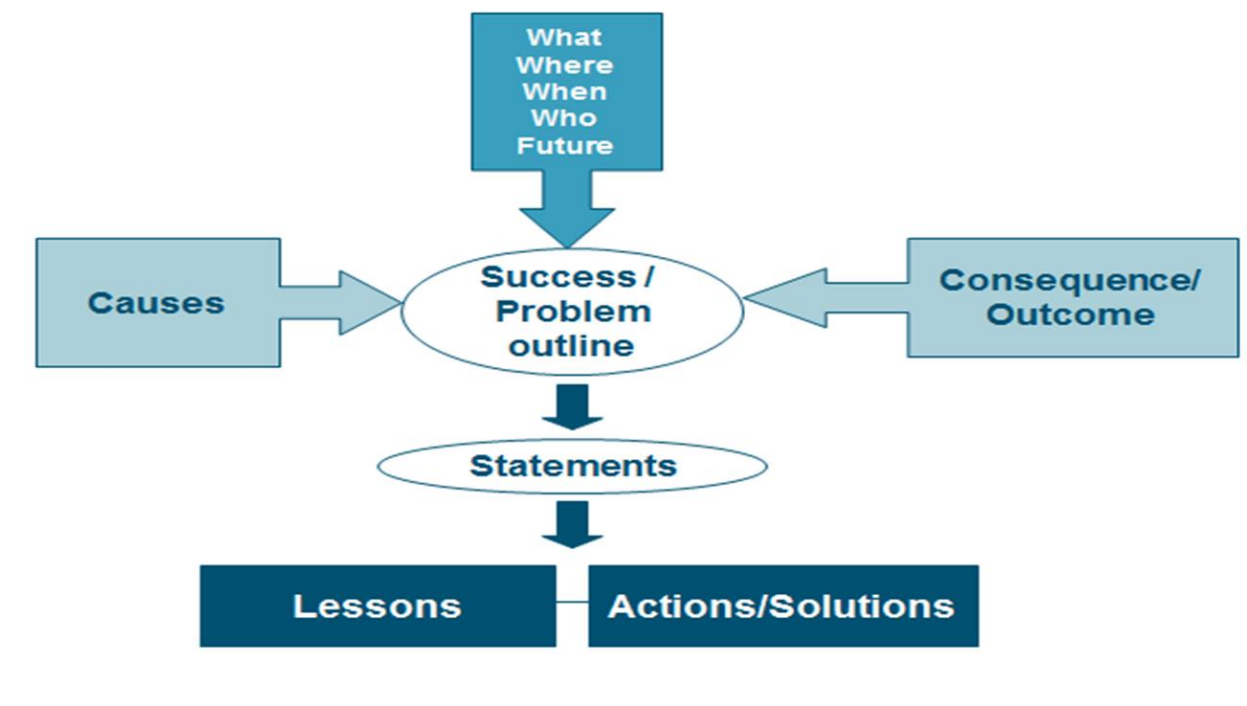There are currently five Value Management core methods and tools being:
- Value Analysis / Value Engineering;
- Function Analysis;
- Function Cost;
- Functional Performance Specification; and
- Design to Cost / Design to Objectives.
See BS EN12973 for details on these and other methods and tools, for example, Benefits Management and Lean Management, that you can also use, appropriate to the circumstances under consideration.




